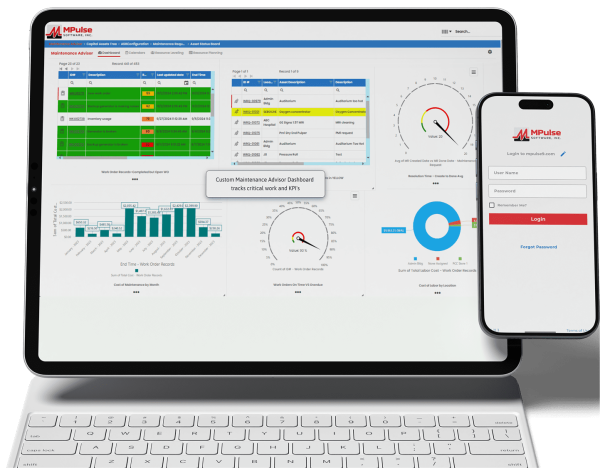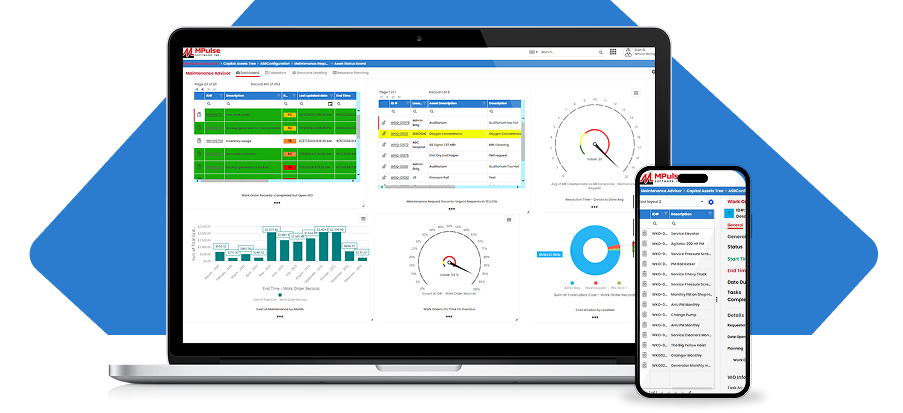It happens with some regularity. I send an MPulse trainer onsite to help a new customer configure their CMMS software, and the trainer returns to report the customer wants the CMMS to do payroll time tracking. In some cases, they want to replace an existing timecard system. In others, they’re eager to use their new software as their first time tracking system. In almost all cases, it’s a bad idea.
Here are three good reasons not to do it:
1. You won’t capture all their work hours on work orders.
A typical rule of thumb is that only about 65% of available hours accrue to work orders. This “wrench time” is the heart of what your maintenance technicians do, but it’s not all they do. Whether it’s safety meetings, shop cleanup, snow removal, or other time spent on non-work order activity, it won’t be captured for payroll.
2. You’ll create unnecessary administrative headaches.
Integration between systems is easier than ever; so getting data from your CMMS into the accounting department’s payroll system would be a snap. But do you really want to volunteer to be the person responsible for ensuring they have perfect payroll data? As the CMMS system owner/administrator, that’s what you’re doing if you use CMMS for payroll time tracking. Do yourself—and your hourly wage employees—a favor, and leave that to the bean counters and the systems they’re responsible for.
3. You won’t get good CMMS data.
It’s important to remember why you bought a CMMS in the first place. You want to work more efficiently and understand the true cost of maintaining and repairing assets. While labor costs are a big part of that, they’re not all of it. Work orders in a CMMS capture critical information about a whole range of variables beyond labor hours: asset identity and location, repair parts consumed, type of work performed, skill sets employed, service and part vendors involved, and more. Skewed emphasis on using work orders for payroll time tracking can divert employee attention from accurately capturing other critical data.
You won’t often hear me advising people not to use CMMS software. In this case, though, it’s good advice. If you need to track labor hours for payroll, a search for “time tracking software” or “payroll tracking systems” on Google and it will give you more options than you might have hoped for. But for getting to the heart of what really matters in your maintenance operation, there’s no substitute for a full-featured work order system, like MPulse.





